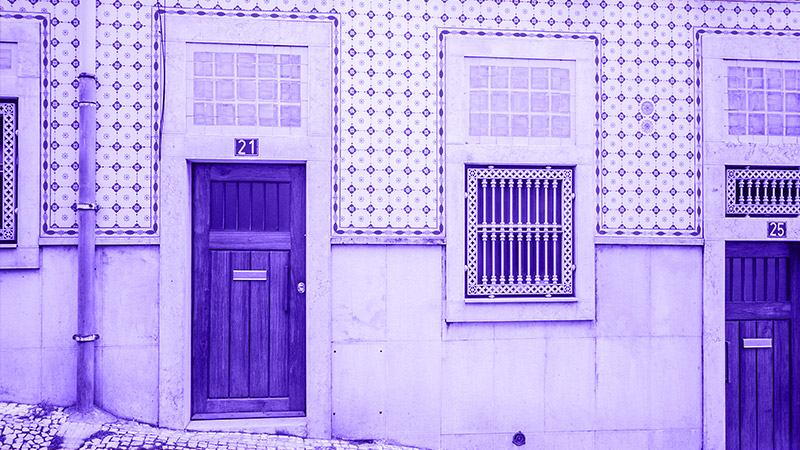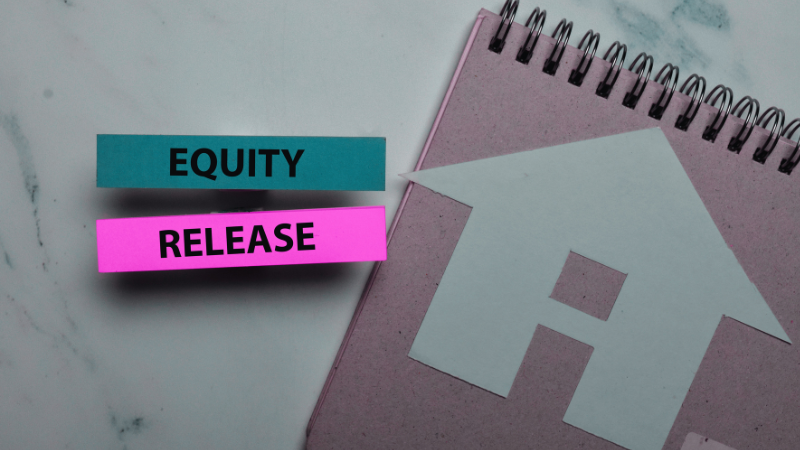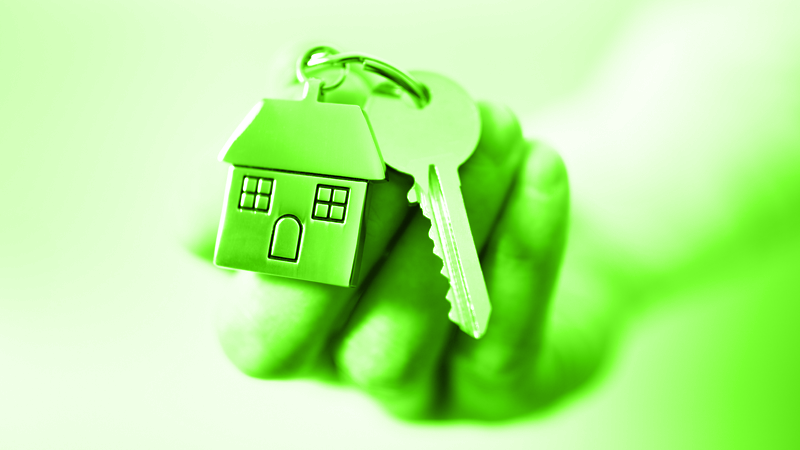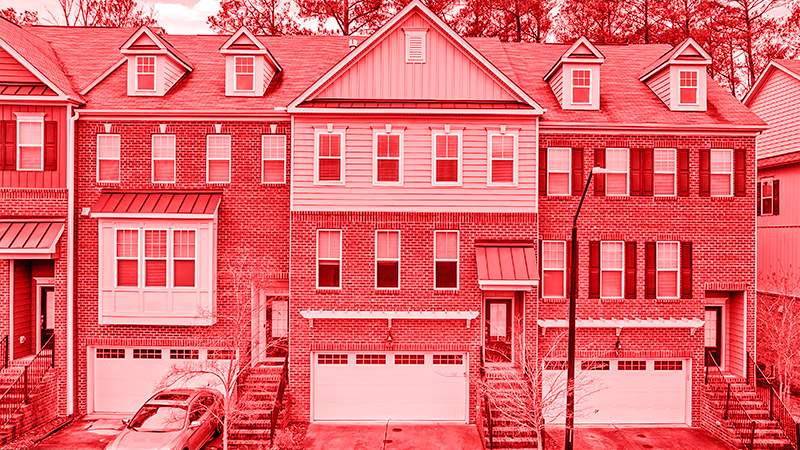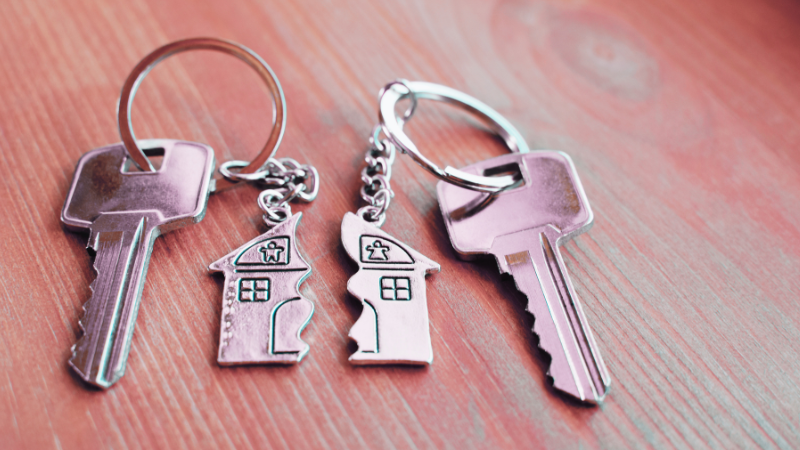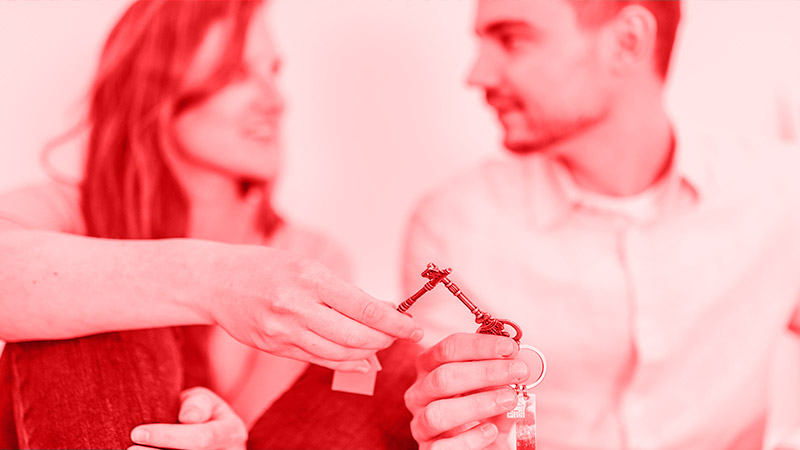How To Get A Mortgage With No Deposit (2025)


The numbers are staggering - first-time homebuyers need to save £61,090 on average for a deposit in 2024. This represents about 20% of the property price, according to Halifax. Many aspiring homeowners find saving such a substantial amount feels like climbing Mount Everest.
No deposit mortgages might offer a ray of hope to those who struggle to save. These mortgage options became accessible to more people before the 2008 financial crash. Some lenders even offered mortgages worth 125% of the property’s value. The UK market rarely sees these options today, though they haven’t disappeared completely. Skipton Building Society made waves when they brought back no deposit mortgages with a product that helps renters step onto the property ladder.
This piece will walk you through everything about getting a mortgage without saving a deposit. You’ll learn how these products work, their pros and cons, eligibility requirements, and alternative options if a no deposit mortgage isn’t right for you.
What is a mortgage with no deposit?
A mortgage with no deposit lets you borrow the entire cost of a property without putting any money down. These products help you get on the property ladder without saving the traditional deposit that most mortgage lenders need.
How 100% LTV mortgages work
100% LTV (Loan-to-Value) mortgages let you borrow the full purchase price of a property. Standard mortgages require you to put down a percentage of the property’s value as a deposit, while lenders fund the rest. Notwithstanding that, a 100% mortgage means the lender gives you the entire amount you need to buy your home.
The process works simply – the bank lends you money for 100% of the property cost, which you’ll repay over time, plus interest. Your mortgage payments stay fixed for a set period, so your monthly payments don’t change during this time. Your payments might change once your fixed rate ends and you move to the lender’s standard variable rate.
These mortgages almost vanished after the 2007-2008 financial crisis because lenders worried about property price stability. Most large lenders offered them before the economic downturn. Some building societies and specialist lenders have cautiously brought them back to the market recently.
The current market has offerings from several providers:
- Skipton Building Society launched its Track Record mortgage in 2023 – the first truly 100% mortgage in over a decade
- April Mortgages introduced 10-year and 15-year fixed-rate no-deposit options
- Gable Mortgages brought two five-year deals to the market
These mortgages make up just 0.3% of the UK mortgage market, showing their lack compared to more common 90-95% LTV products.
Why are they also called 0% deposit mortgages
People often get confused by the terminology around these products. You’ll see them called “0% deposit mortgages,” “zero deposit mortgages,” or “100% mortgages”. These names just mean you don’t need a deposit, not that you’re paying 0% interest.
The “0% deposit” name highlights that you don’t need to pay anything upfront, which appeals to first-time buyers who struggle to save while paying rent. The “100% mortgage” name shows the lender’s viewpoint – they fund 100% of the property’s value.
Lenders face more risk with these mortgages since borrowers haven’t put in their own money. That’s why these products come with stricter eligibility criteria and higher interest rates than standard mortgages. Gable Mortgages offers a five-year fixed-rate 100% LTV mortgage at 5.95%, substantially above the 4.81% available on leading five-year fixed-rate deals at 95% LTV.
These products also risk putting you in negative equity, where you owe more than your home’s worth, since you start with no equity if property values drop. This explains why they’re harder to find and why lenders carefully choose who gets them.
Who can get a 0% deposit mortgage?
Many people think getting a mortgage without saving a deposit is impossible. The good news is that several lenders now offer these products to specific borrowers. You’ll need to meet stricter criteria than standard mortgage applications to qualify for a 0% deposit mortgage.
Credit score and income requirements
Lenders take a closer look at applicants’ financial health when offering no-deposit mortgages due to higher risks. You’ll need a good credit score and clean debt repayment history. Lenders want to see no missed payments on any credit commitments in the last six months – this includes loans, credit cards, subscriptions, utilities, and mobile phone bills.
Your household income needs to be at least £24,000. The maximum amount you can borrow follows standard calculations – about four to four-and-a-half times your annual salary or combined salaries. Someone earning £40,000 a year could borrow up to £180,000.
Lenders will look at your complete financial picture. They’ll examine your income, expenses, and existing financial commitments to make sure you can handle mortgage payments comfortably.
Track record of rent payments
Skipton Building Society’s Track Record Mortgage stands out as one of the newest innovations for renters with solid payment histories.
The qualification process requires proof of consistent rent payments for at least 12 months within the past 18 months. You also need to show you’ve paid household bills during this time. This proof can come from:
- 12 months of bank statements (full or concise)
- A letter from an ARLA-registered letting agent showing the 12 monthly rent payments
Skipton makes sure these first-time buyers won’t pay more monthly than their average rent from the last six months. This helps address a common problem – renters who pay more in rent than they would for a mortgage, but struggle to save for deposits.
First-time buyer eligibility
These 0% deposit mortgages are mainly designed for first-time buyers. Skipton’s Track Record mortgage requires that applicants haven’t owned property in the UK for the past three years.
Other key requirements include:
- Being 21 or older
- Maximum loan amounts (usually up to £600,000)
- Property restrictions (some lenders don’t accept new build flats)
- Age limits when the mortgage ends (typically 75)
All applicants must qualify as first-time buyers and apply together, even if not everyone is getting a mortgage.
Getting a no-deposit mortgage remains challenging. These products make up just a small part of the UK mortgage market. April Mortgages puts it well: “We lend responsibly to people with strong credit and stable income: keeping things fair, safe and certain for everyone”.
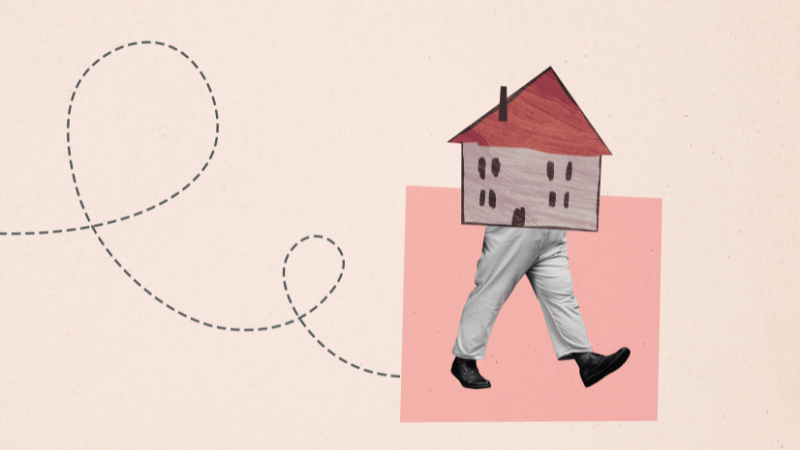
What are the pros and cons of no-deposit mortgages?
Making a choice about no deposit mortgages needs you to think over both the good and bad sides. These products affect your finances way beyond the original purchase, unlike regular mortgages.
Advantages: faster homeownership, no upfront cost
Of course, buying a home without years of saving stands out as the most attractive part of 0% deposit mortgages. This changes lives, especially when you have rising living costs that make saving next to impossible while renting.
Getting on the property ladder earlier gives you more time to clear your mortgage before retirement. Your monthly payments build your ownership instead of paying rent to someone else.
Building equity right from day one with money that would normally go to rent adds another great benefit. Regular payments increase your ownership share step by step, creating a valuable asset. This helps even more in areas where property values keep rising.
Disadvantages: higher interest, risk of negative equity
The flip side shows no deposit mortgages come with much higher interest rates. Regular five-year fixed-rate mortgages average around 4.19%, while no deposit options start from 5.29%. This small difference means big changes in your repayments over the full mortgage term.
Negative equity poses the biggest risk – you might end up owing more than your property’s worth. Without a deposit to act as a safety net, even small drops in property value can put you underwater financially. This creates real problems if you want to sell or remortgage.
Lenders also set tougher criteria. You face stricter checks on affordability and credit compared to standard mortgages. Lenders do this because financing 100% of a property’s value brings more risk.
Impact on long-term affordability
Starting with no equity creates big financial ripples over your entire mortgage term. Higher interest rates mean less of your monthly payment reduces the actual debt.
Here’s what the numbers show: stretching a mortgage from 25 to 35 years to lower monthly payments can boost total interest by about 40%. Someone borrowing £450,000 over 40 years instead of 25 years pays an extra £221,000 in interest.
Remortgaging might become tricky after your first fixed-rate period ends, unlike with standard mortgages. You might not qualify for another 100% mortgage and end up stuck with less favourable rates.
Your borrowing power also takes a hit. No deposit means you might need to look at cheaper properties that your mortgage can cover. Most lenders won’t go above 4.5 times your yearly income, which limits choices in expensive areas.
Zero deposit mortgages offer a way to own a home without saving a deposit first, but you need solid financial planning and understanding of the long-term commitments they bring.
Mortgageable offers a free Equifax Credit Report as part of its service, with no obligation to proceed. Something worth considering.
What are the different types of 100% mortgages?
The UK market offers several types of 100% mortgages that help specific borrowers bypass the deposit barrier in different ways.
Guarantor mortgages
A family member or close friend can help you get a mortgage by agreeing to cover your repayments if you default. Your guarantor must be a close relative who lives in the UK with sterling income. They can provide security in two ways:
- Their home: The lender puts a legal charge on the guarantor’s property. Your default could lead to the lender recovering money from them or taking possession of their home in extreme cases.
- Their savings: The guarantor puts money in a special savings account with the lender. The funds stay locked until you’ve paid off a specific portion of your mortgage.
Guarantors need independent legal advice and should know they’ll remain responsible until you’ve paid the entire mortgage or cleared the loan.
Family springboard mortgages
Family springboard mortgages take a fresh approach to guarantor lending. Barclays lets you borrow the full purchase price when your helper puts up 10% as security for five years. The helper moves 10% of the property price into a “Helpful Start” account and earns interest throughout the term.
Halifax and Lloyds have similar offerings. The Halifax Family Boost Mortgage needs a family member to deposit 10% of the purchase price in a 3-year fixed-term savings account. The helper gets their money back with interest after successful mortgage payments.
Track record mortgages
Skipton Building Society launched Track Record mortgages in 2023. These are true 100% mortgages that don’t need guarantors. Your eligibility depends on your rental payment history.
You qualify if you:
- Are 21 or older
- Haven’t owned UK property in the last 3 years
- Can show 12 months of consecutive rent payments within 18 months
- Have kept up with all debt payments for 6 months
- Want to borrow up to £600,000
Skipton has relaxed its affordability rules and now offers loans with monthly payments up to 120% of current rent costs.
Fixed-rate 100% mortgages
Fixed-rate 100% mortgages let you know exactly what you’ll pay each month for a set time. Current providers offer various terms:
- Skipton’s Track Record mortgage has a five-year fixed rate from 5.29%
- April Mortgages gives longer terms with 10-year fixed rates at 5.99% and 15-year fixed rates at 6.43%
- Gable Mortgages provides five-year fixed rates at 5.95% for standard properties or 5.65% for new builds
These rates are higher than mortgages requiring deposits because lenders take on more risk. The average 95% LTV mortgage rate sits at 4.81%.
Related reading:
What are the alternatives to a no-deposit mortgage?
You have several options that can help you climb the property ladder with minimal upfront costs when a 100% mortgage seems out of reach.
Shared Ownership
This scheme lets you buy a part of a property—usually between 25% and 75%—while you pay rent on the rest to a housing association or local council. The best part? You only need a deposit for your share, not the whole property value. Let’s say you want a 50% share of a £300,000 property – you’d need just £7,500 for a 5% deposit. Some mortgage providers even offer 100% loans on Shared Ownership properties, so you won’t need any deposit at all.
Right to Buy
Council tenants who’ve lived in their home for three years or more can buy their property at a big discount through Right to Buy. These discounts might reach up to 70% of the property’s value based on your tenancy length. Many lenders will let you use this discount as your deposit, which means you won’t need to put any money down.
Help to Buy (Wales)
The Welsh Government runs this scheme until September 2026. It provides a 20% equity loan on properties worth up to £300,000. You’ll need to put down a 5% deposit and get a repayment mortgage for the rest. The equity loan costs nothing in interest for the first five years, making it an affordable way to own a home in Wales.
Developer loans
New-build home developers sometimes offer loans to cover your deposit. You pay these back along with your mortgage over an agreed period. The Deposit Unlock scheme is another option that helps first-time buyers and home-movers buy new-build properties with just a 5% deposit.
Joint mortgages
Buying a home with family, friends, or partners means you can share the deposit costs and usually borrow more money. Most lenders look at your combined income and might let you borrow up to four times what you all earn annually. This setup works well because multiple incomes make lenders feel more secure about the loan.
Conclusion
The path to homeownership without a deposit brings both opportunities and challenges to aspiring buyers. Traditional mortgages need substantial upfront payments, yet 100% LTV options give hope to those who struggle to save. Notwithstanding that, this convenience has its price – higher interest rates and greater risk of negative equity deserve serious thought.
Today’s market offers several paths for buyers seeking no-deposit options. Skipton’s Track Record mortgage gives credit for consistent rent payments, while guarantor and family springboard mortgages employ family support to secure properties. These products remain rare and make up just 0.3% of the UK mortgage market.
First-time buyers should explore other options before choosing a no-deposit mortgage. Shared Ownership, Right to Buy, and joint mortgages can lower original costs while offering better terms. On top of that, government schemes like Help to Buy Wales provide equity loans that reduce deposit requirements effectively.
Each mortgage type comes with its own benefits and limits. Bypassing the saving hurdle and building equity right away appeals to many stuck in the rental cycle. The financial commitment spans decades, so getting a full picture of long-term affordability is crucial.
A no-deposit mortgage’s suitability as your path to homeownership depends on your situation, financial stability, and future goals. These products offer a faster route to property ownership but need stronger credit profiles and stable incomes than standard mortgages. Qualified buyers might find these mortgages reshape the scene of homeownership from an impossible dream to reality.
Key Takeaways
No-deposit mortgages offer a pathway to homeownership without the traditional deposit hurdle, though they come with significant trade-offs that require careful consideration.
• 100% mortgages are available but rare – Only 0.3% of UK mortgages are no-deposit, with Skipton Building Society leading the revival through their Track Record mortgage for consistent renters.
• Stricter criteria and higher costs apply – Expect rates from 5.29% versus 4.19% for standard mortgages, plus requirements for excellent credit and a minimum £24,000 household income.
• Negative equity risk is substantial – Without a deposit buffer, even small property value drops can leave you owing more than your home’s worth, limiting future options.
• Multiple alternatives exist – Shared Ownership, guarantor mortgages, Right to Buy discounts, and government schemes like Help to Buy Wales can reduce upfront costs with better terms.
• Long-term affordability matters most – Higher interest rates mean significantly more paid over the mortgage term, potentially adding tens of thousands in extra costs compared to traditional mortgages.
While no-deposit mortgages can break the rental cycle for qualified buyers, the premium pricing and increased risks make exploring all available alternatives essential before committing to this route.

